
Recently, someone posted a question on the Singletracks forum, asking riders what kind of helmets and body armor they use when riding. As expected, there were a variety of answers. Every rider needs some level of protection. After all, a crash could happen at any time, even on a trail as docile-looking as the one above, where it’s common to get into the low 20mph range while whizzing between pine trees.
But how much protection is enough, or too much? When I read the question I thought about my own experiences over the years, and how I settled on the body armor I currently use. I want to share what I’ve learned and experienced in case others are struggling with this important question.
The early years

When I first started mountain biking, my only source of protection was a helmet. After a few months of riding, and a couple of falls, I added gloves to the equation because skinned palms are no fun. Those two items suited me fine for two or three years. Then, after bouncing my knees off some roots, I decided I should also wear a pair of knee pads. This is where I got a little carried away.
I ride cross-country and light trail. There are some roots and rocks on my local trails, but nothing too extreme. Nevertheless, I chose a pair of Fox Launch knee/shin guards, which are designed for downhill riding. What they gave me in protection, they took away in comfort and flexibility, both of which were important because I was moving around a lot on my hardtail bike.
My first major crash and the aftermath

In a previous article, I mentioned I had a bad crash. After that crash, I decided to increase the level of body armor I wore, specifically around my face. I bought a Fox Rampage full-face helmet (also made for downhill riding), and then some Fox Launch elbow guards.
Looking back, it is clear that I needed these items for psychological reasons, not for the trails I was riding. It’s rather funny to think that I wore all of this gear for over a year in Florida, even the summer months. It made for some very uncomfortable rides.
Yet, I was determined to protect myself from any possible harm that could occur, naively believing that these items had the power to do so. Over time, as my confidence returned, and my riding abilities increased, I stripped away all of this armor and replaced it with gear that was more appropriate for the trails and climate.
The body armor I use today

These days, I have settled on a lower level of protection that I feel is well-suited to my riding style and the trails that I ride on a regular basis.
My helmet is a Bell Super 2R, and I use the chin guard in colder weather and for trails with rough descents and drops.
I use Fox Dirtpaw full-finger gloves because I like the added hand protection in case of falls, and because they help with grip.
I use the Dakine Slayer “soft-shell” pull-on knee pads because they are really comfortable and flexible while still providing adequate protection in case of falls. They are so lightweight and breathable that I often forget I am wearing them. In my mind, I have found the right balance for me between comfort, flexibility, and protection, especially for the climate here in Florida.
Body armor lessons learned
My experiences riding through the years have taught me some lessons when it comes to body armor. First, there is no body armor that will prevent all possible harm. That is not the purpose of body armor. Body armor is designed to reduce and dissipate the forces of impact sustained in a crash. You hit something hard enough or fast enough, you will get hurt regardless of what body armor you are wearing. So don’t buy body armor believing it will make you bullet-proof.
Second, you always need some level of protection when you ride. A helmet is a given, and should not even be part of the discussion. The only option with helmets is whether they should be half-shell or full-face, and that will depend on the rider’s comfort level as well as the terrain he or she is riding.
Besides a helmet, I highly recommend full-fingered gloves for both protection and grip. I also suggest investing in a good pair of knee pads. A broken knee cap is very painful, and has a long recovery period. Even some lightweight knee pads like mine can make the difference between a bruise and a broken bone.
Beyond those items, the rest is up to you. Choose body armor that fits your riding style. If you move around on your bike a lot, make sure protective gear is comfortable and flexible. Anything that hampers movement can actually increase the risk of a crash, which defeats the purpose of wearing protection in the first place.
Third, work on your bike handling skills. They are your first line of defense in a crash. Knowing how to save a bike that starts to slide off the trail will prevent you from having to test out the body armor. Learn how to expertly corner, brake, manual and bunny hop. I have saved myself from several potential crashes by using these skills. Along with that, it is also important to keep yourself in good riding shape. Do core-oriented workouts and balancing exercises, so that you can muscle your bike out of a jam. You need more than strong legs to mountain bike. Your whole body needs to be in good shape for you to be a great rider.
Finally, do not choose body armor based on other people’s opinions. I may have looked really dumb wearing a downhill helmet and goggles on an XC trail, but I didn’t care. It helped me enjoy riding again after a bad crash and gave me the comfort level I needed at the time. Don’t worry what other riders might think of you if you wear more body armor than they do. Body armor is a personal matter. Only you know what level of protection you need in order to have confidence on the trails and enjoy your rides.


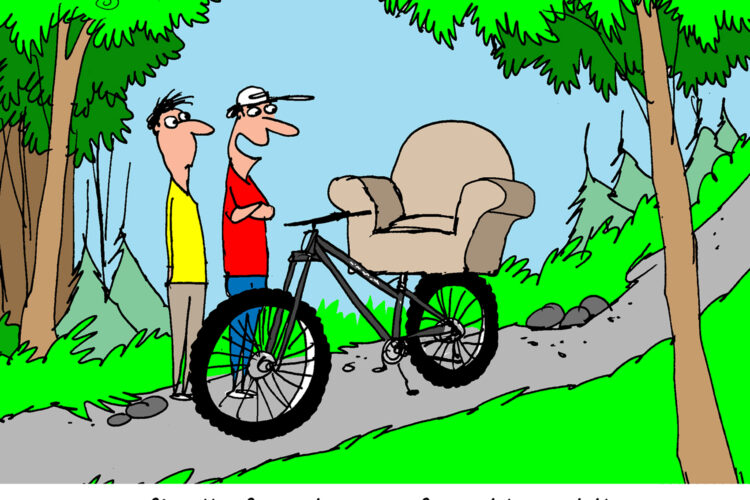

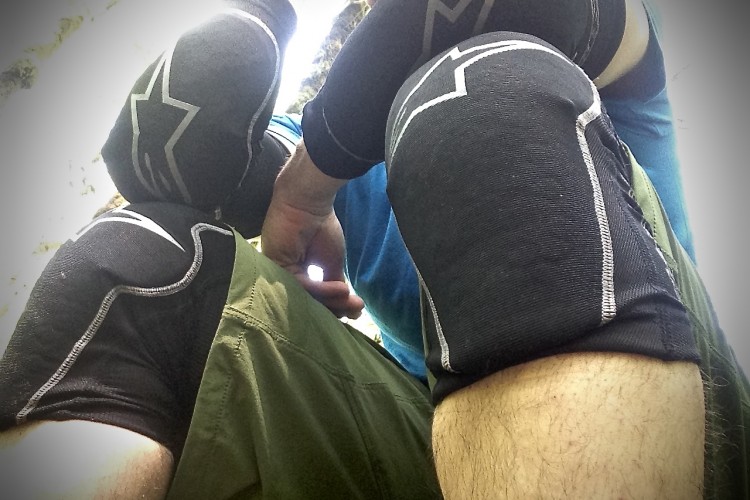
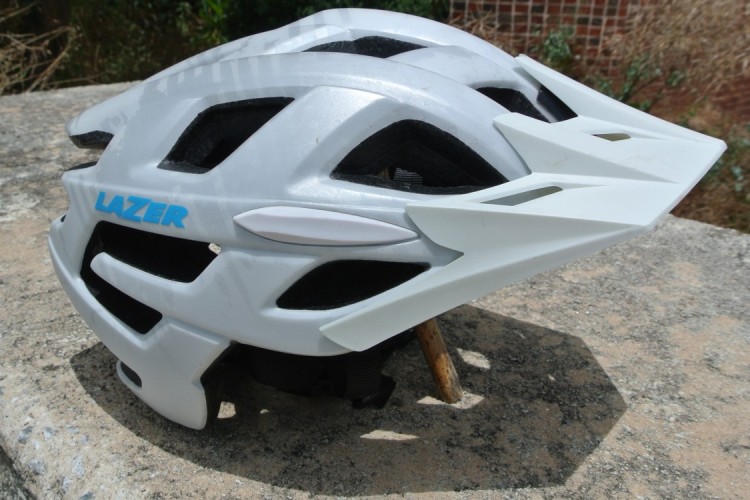
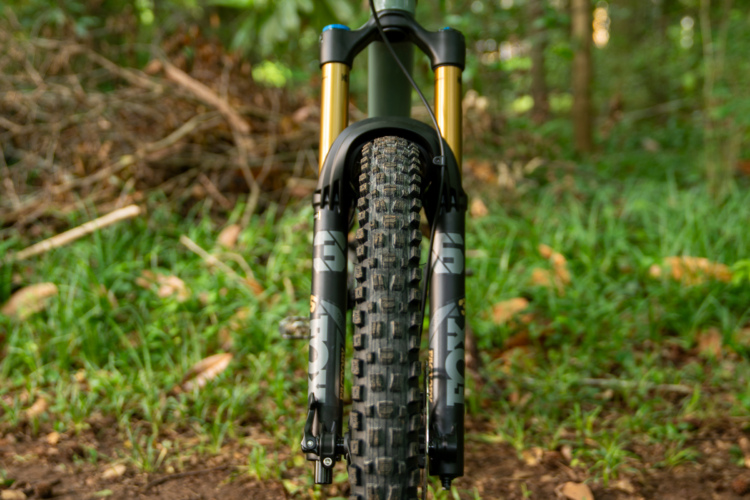
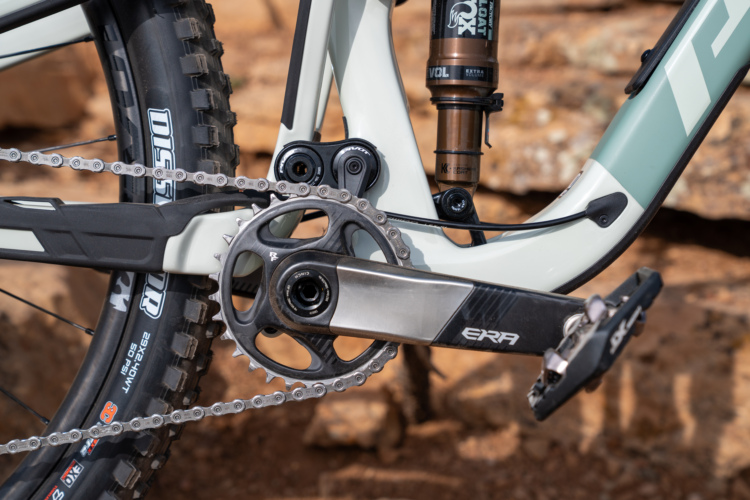
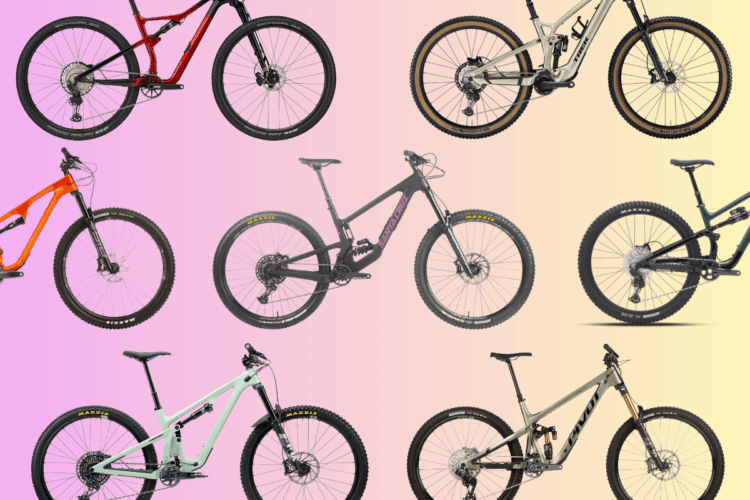
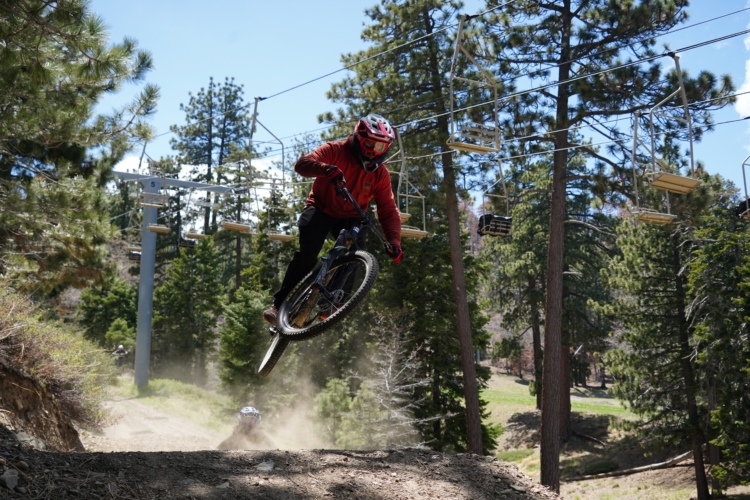

9 Comments
Aug 14, 2018
Jul 18, 2019
Aug 14, 2018
Nov 4, 2019
Nov 5, 2019
Sep 11, 2019
Sep 12, 2019
Aug 14, 2018
Until you get there. Invest in the new "soft" armor that will protect you by hardening in a fall. It does seem like skiing there is an art to falling on a bike safely. Tuck and roll is a moto someone once told me.
The few times I did go down hard armor would not have helped. I've well-honed my bike detachment technique. Your mileage may vary.
Aug 14, 2018